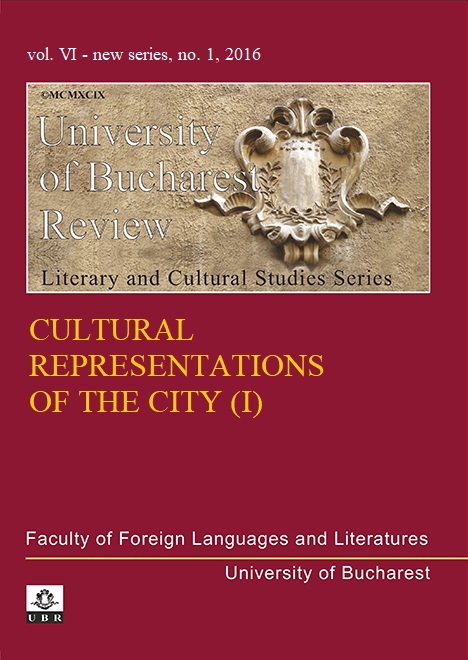FAILED REPRESENTATIONS OF
THE HEAVENLY JERUSALEM IN
LA QUESTE DEL SAINT GRAAL
FAILED REPRESENTATIONS OF
THE HEAVENLY JERUSALEM IN
LA QUESTE DEL SAINT GRAAL
Author(s): Monica Ruset OancăSubject(s): Christian Theology and Religion
Published by: Editura Universităţii din Bucureşti
Keywords: medieval; Arthurian literature; wilderness; mystical;
Summary/Abstract: Historically and socially the medieval city has been described as the placewhere merchants and bankers prospered, while the castle of the city has often beenperceived as an administrative centre, supervising urban activities. However, inmedieval romances a city is only an appendix of a castle, and is always supported byand reliant on it. In La Queste del Saint Graal the most important cities are Camelot,Corbenic and Sarras, as the sites where the Grail is seen, only to be taken awayafterwards.In this article the author wants to discuss these cities, and she will focus on the waythese urban spaces are structured in order to favour knightly, as well as spiritual,pursuits. The importance of the castle and of its chapel will be underlined, as thesecastles are places where significant events, in connection with the Quest, occur. Theauthor starts from the 21st chapter of the Revelation when analysing the physicalstructure of the Heavenly City, and from Saint Augustine’s work De Civitate Dei, whenhighlighting the spiritual features of the City of God. Norman John Greville Pounds’insightful study on the life in The Medieval City will be used to discuss the medievalrealities and to see their importance for the highly spiritualised events illustrated inLa Queste.Although, all these cities are blessed by divine grace – since Camelot is the placewhere the Holy Grail feeds all the knights, Sarras is repeatedly called the “spiritualpalace”, and Jesus Christ shows Himself in the Holy Grail at Corbenic – it will beargued that none of these places can attain the flawlessness and the brilliance toemblematize the Heavenly City. Searching for an alternative location, which wouldfulfil better the requirements entailed by such a deeply religious image, the authorsuggests the wilderness, which is a complementary material space, where Jesus Christcan also be physically encountered.
Journal: University of Bucharest Review. Literary and Cultural Studies Series
- Issue Year: VI/2016
- Issue No: 1
- Page Range: 158-171
- Page Count: 14
- Language: English

